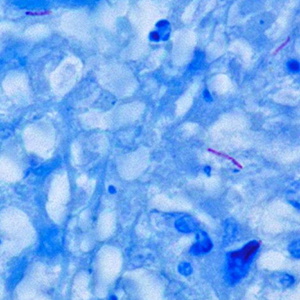Role of IP-10 during follow up of pulmonary tuberculosis patients

Submitted: July 20, 2021
Accepted: December 21, 2021
Published: January 27, 2022
Accepted: December 21, 2021
Abstract Views: 1343
PDF: 652
Publisher's note
All claims expressed in this article are solely those of the authors and do not necessarily represent those of their affiliated organizations, or those of the publisher, the editors and the reviewers. Any product that may be evaluated in this article or claim that may be made by its manufacturer is not guaranteed or endorsed by the publisher.
All claims expressed in this article are solely those of the authors and do not necessarily represent those of their affiliated organizations, or those of the publisher, the editors and the reviewers. Any product that may be evaluated in this article or claim that may be made by its manufacturer is not guaranteed or endorsed by the publisher.
Similar Articles
- Matteo Petroncini, Leonardo Valentini, Piergiorgio Solli, Pietro Bertoglio, Giant lung bulla as a late-onset complication of mild SARS-CoV-2 pneumonia , Monaldi Archives for Chest Disease: Vol. 94 No. 3 (2024)
- Lucrezia De Michele, Paola Pierucci, Guido Giovannetti, Arnaldo Scardapane, Carlo D'agostino, Giovanna Elisiana Carpagnano, Authors’ response to the Letter to the Editor regarding: Post severe COVID-19 infection lung damages study. The experience of early three months multidisciplinary follow-up , Monaldi Archives for Chest Disease: Vol. 92 No. 4 (2022)
You may also start an advanced similarity search for this article.

 https://doi.org/10.4081/monaldi.2022.2022
https://doi.org/10.4081/monaldi.2022.2022





